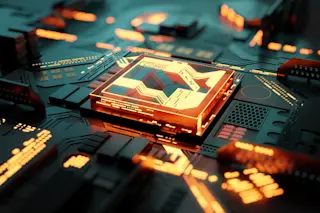After a 10-to-1 vote in the Board of Supervisors, San Francisco stands poised to force cellphone makers to display the level of radiation their phones emit next the phone's display in a store. It would become the first American city to do so. The mayor, Gavin Newsom, supported the measure and will probably sign it into law. If he does, the rules will be phased in February next year, and violators who don't provide the information will be charged up to $300. Predictably, the move is lauded as progressive and pro-consumer if you ask supporters and cast as a misleading ordinance if you ask the Cellular Telecommunications and Internet Association. But what does it actually mean? The number in question is called the specific absorption rate, or SAR. It's a measure of how much of the phone's radio frequency energy gets absorbed into a person's tissue. Although no clear picture ...
SF Cell Phones Will Come With Radiation Labeling—But No Interpretation
San Francisco plans to mandate cellphone radiation levels on displays, improving transparency for consumers. Learn about this progressive move.
More on Discover
Stay Curious
SubscribeTo The Magazine
Save up to 40% off the cover price when you subscribe to Discover magazine.
Subscribe













